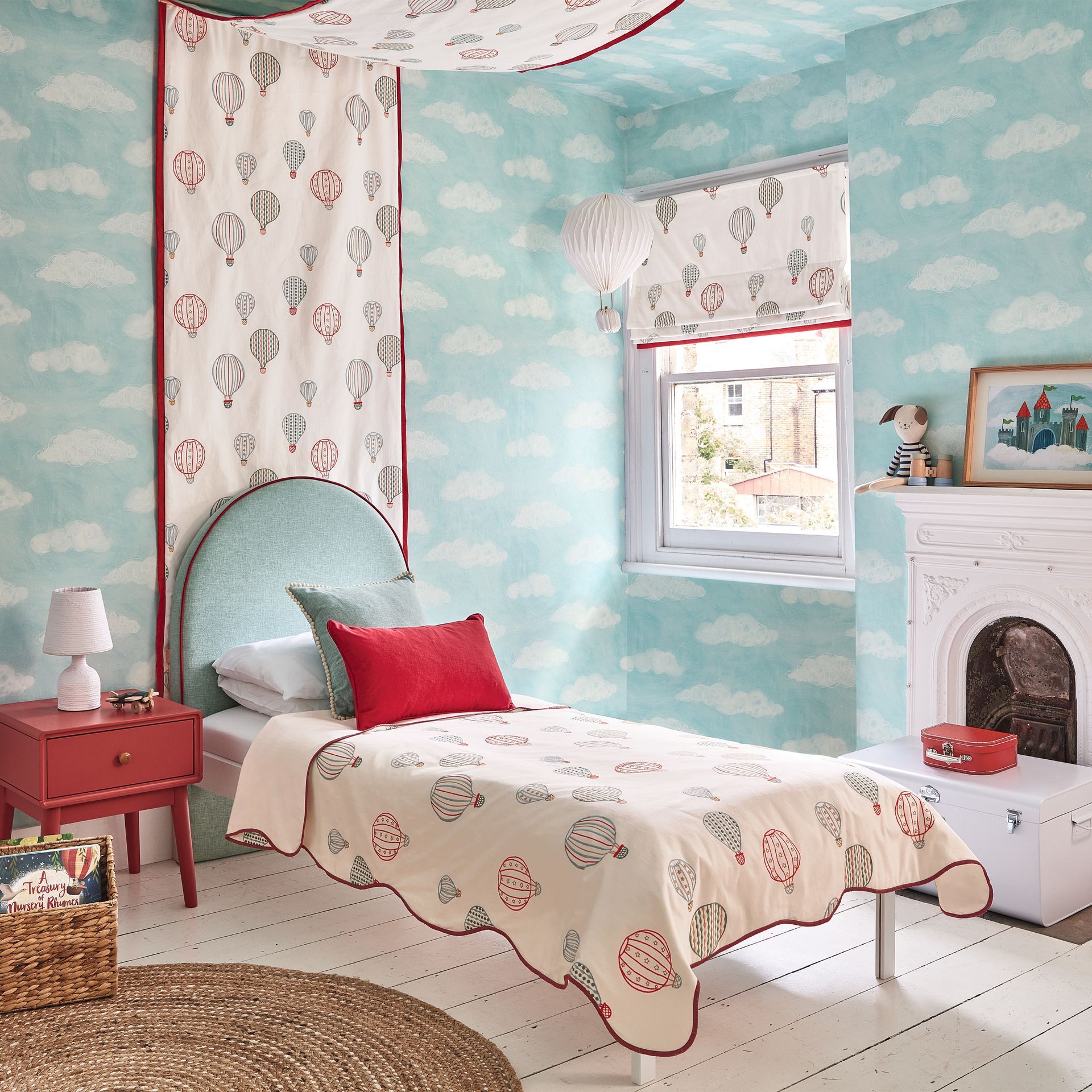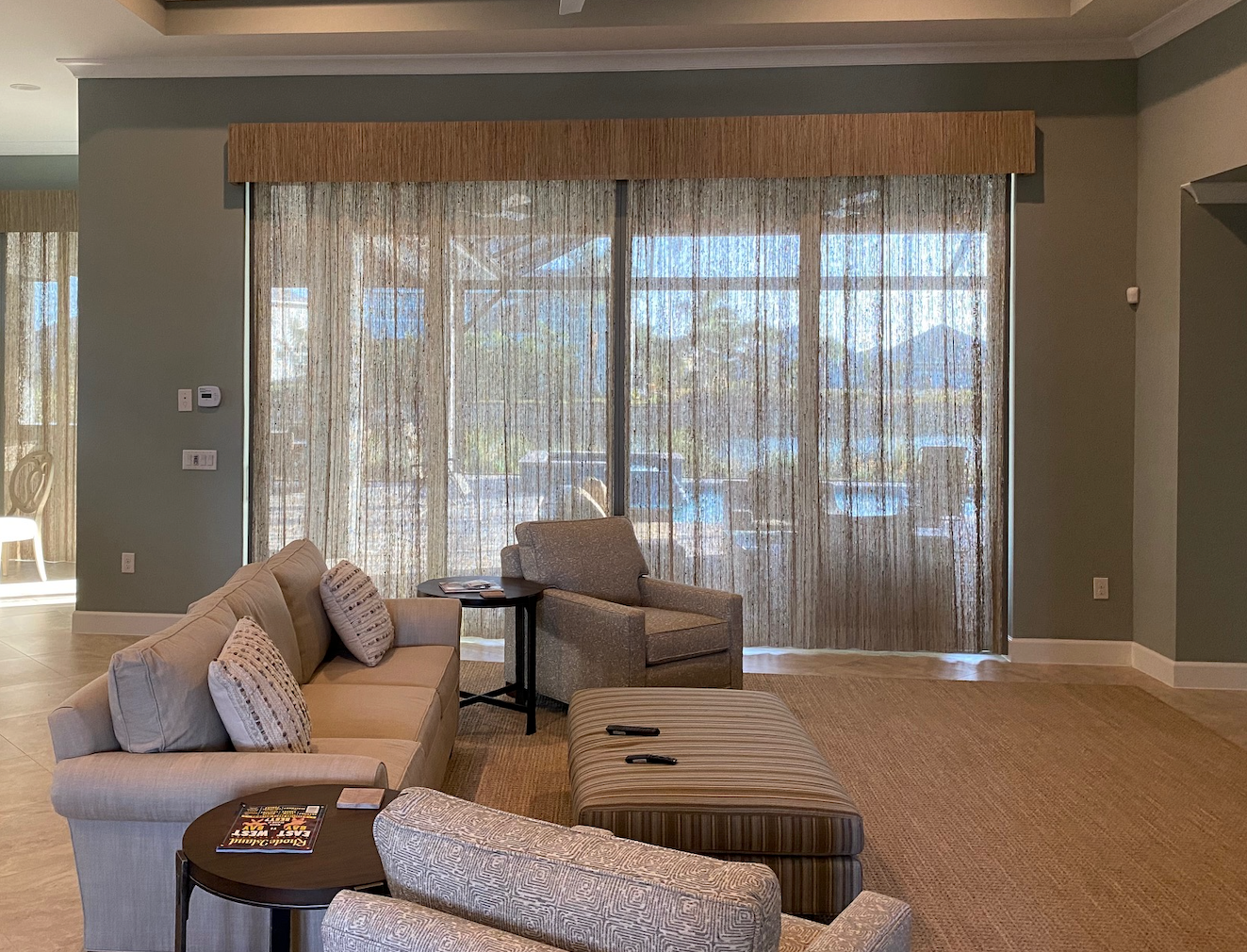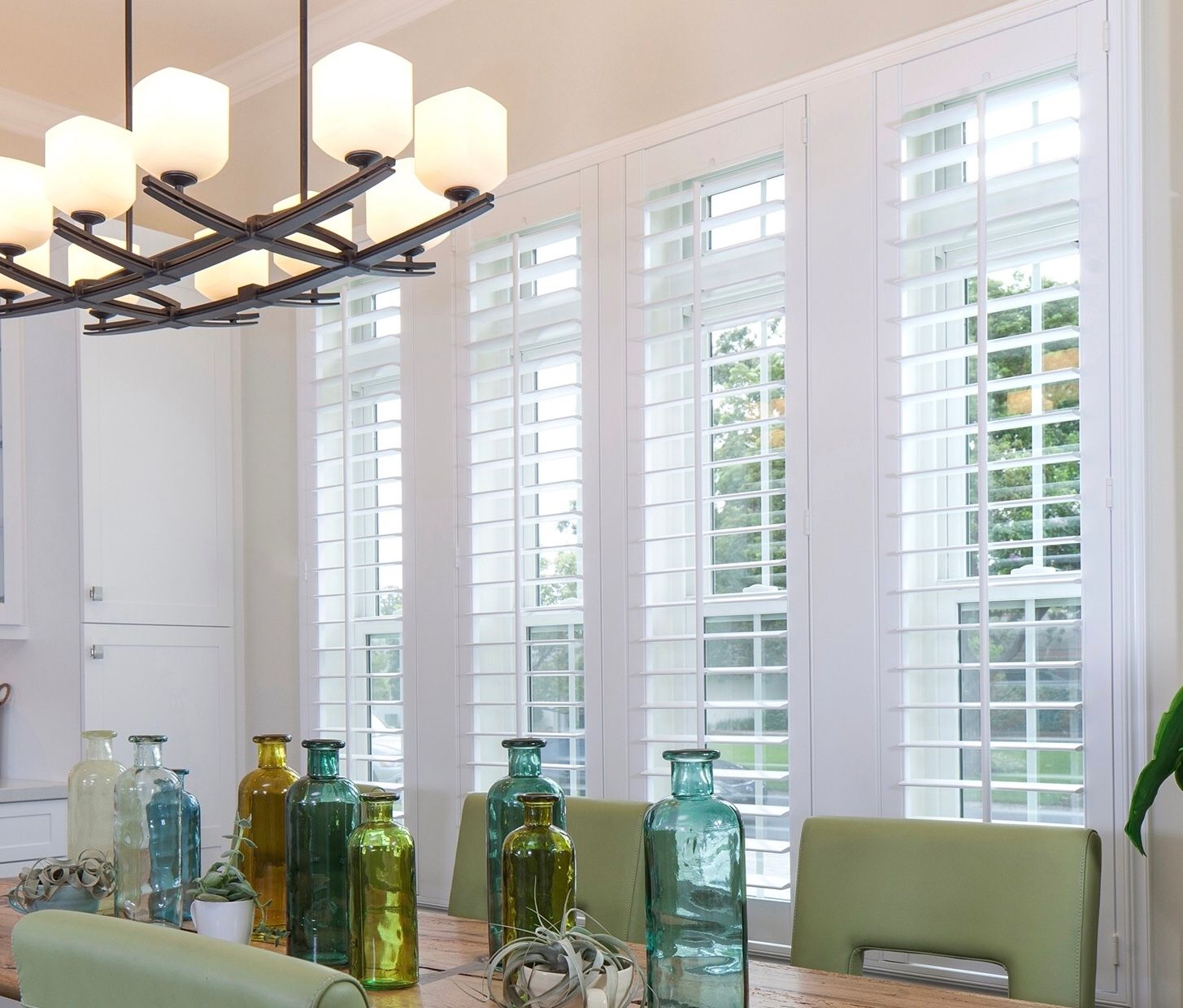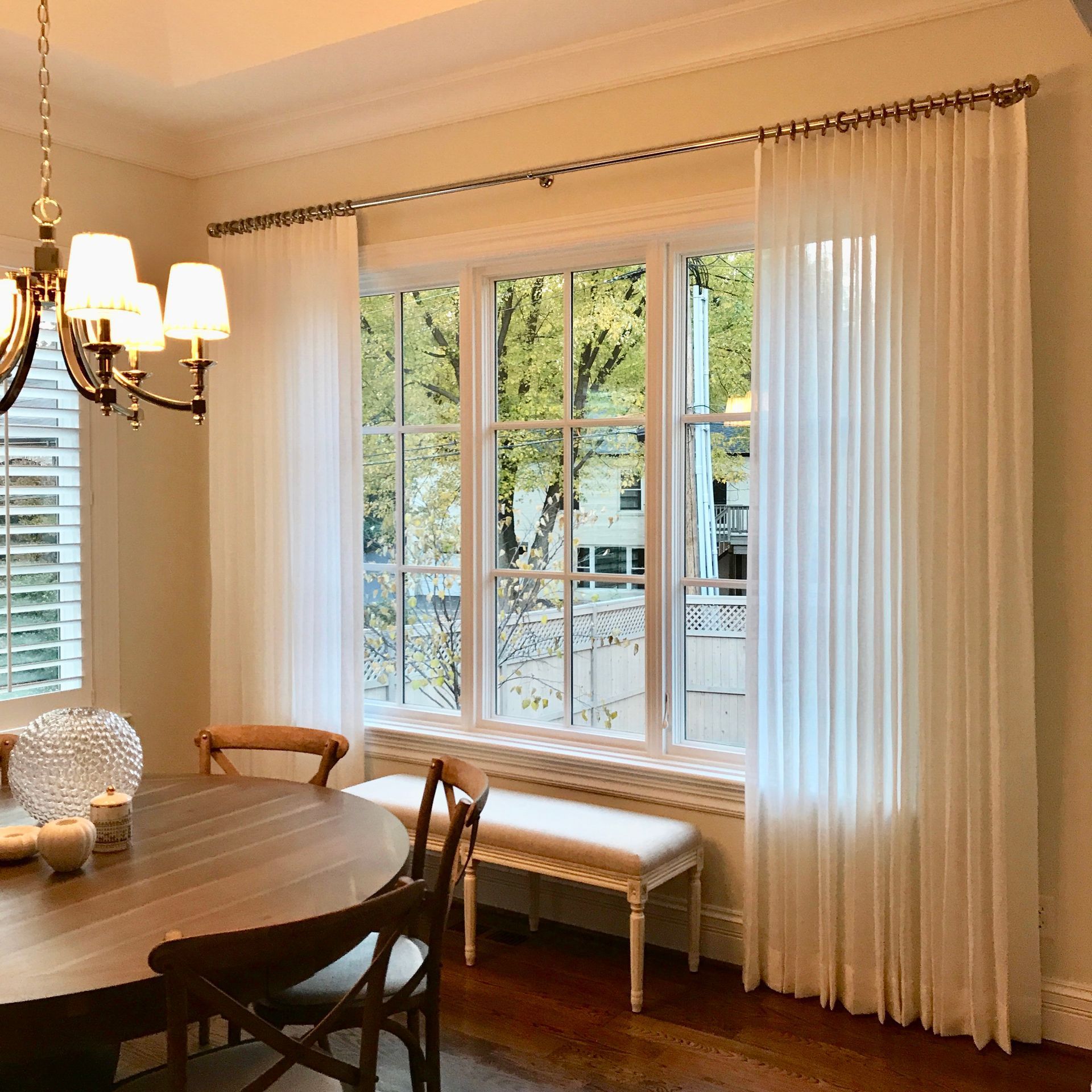Our Blog

The New Year is the perfect time to refresh your child's bedroom! Lucky for you, we have the perfect designs. Check out some of our favorite fabrics for children's playrooms and bedrooms! Their whimsical designs make them a wonderland for parents and kids alike! Below are a few of our favorite fabrics with a playful twist; contact us to schedule a consultation and learn more about how we can incorporate these into your next home redesign or refresh!








